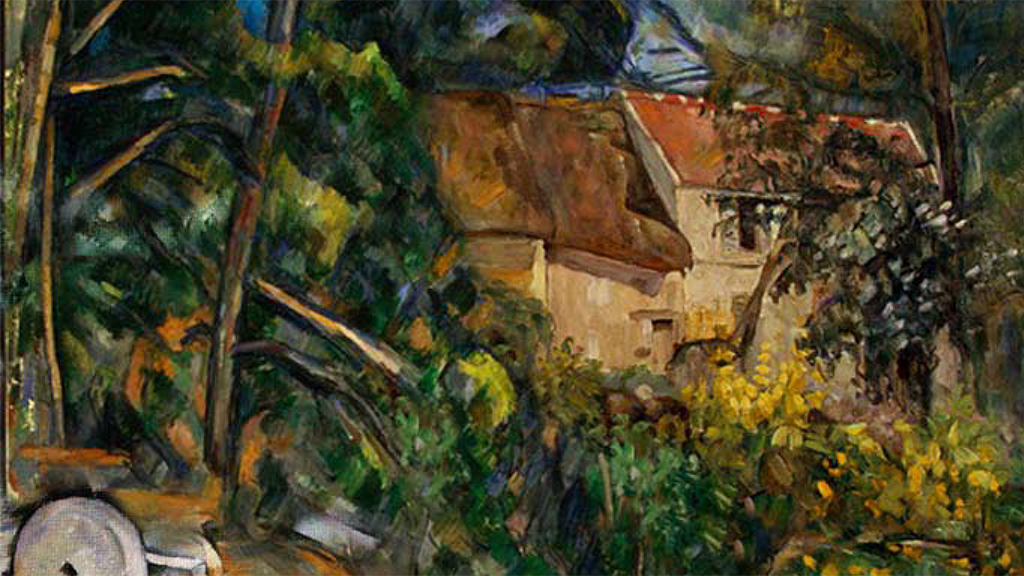Abstract
In this dilemma case, the central character, a museum curator, must decide whether or not to show a painting as a hitherto “undiscovered” Cezanne. The stylistic analysis suggests it is for real, but data obtained using different spectroscopic techniques are inconclusive. Students study the data and then make a decision as to whether they believe the painting is authentic or a fake. Written for a general chemistry course for non-majors, the case could be used in a variety of other courses including general chemistry for science majors, introduction to spectroscopy, instrumental analysis, and conservation science. It could also be adapted for use in other non-majors science courses with the focus of discussion on how scientific data can be used to authenticate or de-authenticate a work of art.



